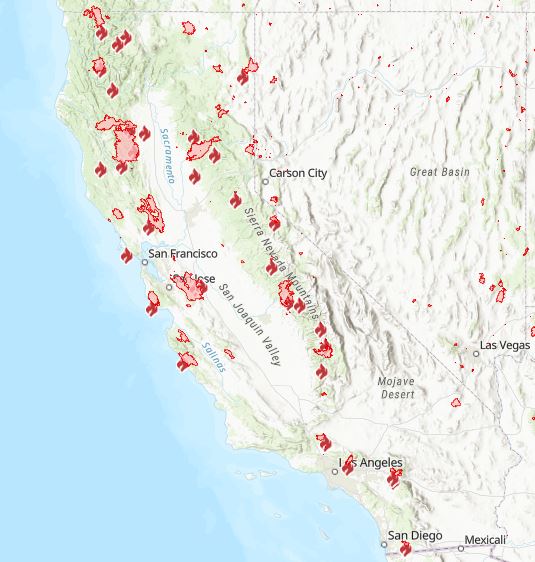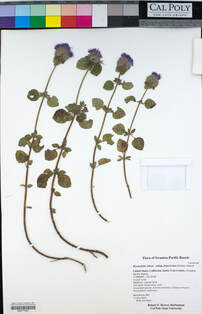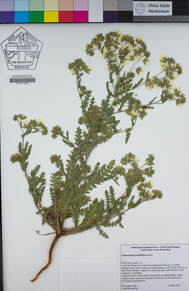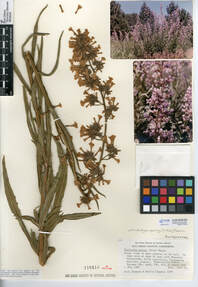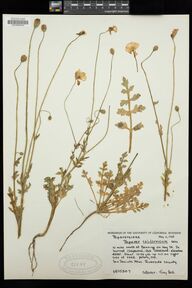| As clouds of grey-brown haze obscure once-blue skies, and the smell of ash and soot burn in our throats, it is impossible to escape the heartbreaking reality of the wildfires raging across the West Coast. Over 3.1 million acres have burned in the state of California alone, causing loss of precious human lives, plant populations, and habitat for wildlife and humans alike (State of California, 2020). The devastation is sickening, and it should compel us to consider how humanity needs to change to prevent a future marked by frequent, wild destruction. Wildfires are often caused directly by human negligence and even malice. The fires burning across California are so large and difficult to contain due to wind, heat, human land use, and--surprisingly--a history of fire suppression (Leman, 2020). The implications are clear: we must do more. |
But there is hope in the midst of chaos. While we can't repeal the devastation of the fires, we can peer into the past to see the flora and fauna that once inhabited these now-charred regions: what may have been lost and what may yet spring back to life. Herbarium specimens retain a historical record of the plant life in recently burned regions that can help direct monitoring and restoration efforts. Even if some species had not been saved, we still possess a vital link to the past, a window into history.
| A striking example comes from the Swanton Pacific Ranch, a 3,200 acre ranch managed by California Polytechnic University for research and education. The ranch was almost entirely burned by the CZU Lightning Complex fires in August 2020, leaving acres of land charred and barren. Fortunately, the botanical diversity of this same swath of land has been the subject of one Cal Poly graduate student's Master's thesis for several years. As a result, over 900 herbarium specimens were collected from 2017-2019, and this student, Reed Kenny, is producing a flora of the ranch. The specimens and flora not only preserve the past, but also lay the groundwork for future research into the effects of fire on these plant communities. |
Finally, herbarium specimens remind us of the plants that use fire to prosper. Many plant species are fire followers, some even requiring the heat of fires to disperse or germinate their seeds (LPFW 2013). Others simply take advantage of the new real estate and lack of competitors on the charred landscape.
Herbarium specimens of some fire-following species in California. Left: Whispering bells (Emmenanthe penduliflora), Center: Poodle-dog bush (Eriodictyon parryi), Right: Fire poppy (Papaver californicum)
Not all fire followers are native and renewing, and at times, careful management might be required to ensure burned areas are not overrun with invasive species. Still, the flourishing of life against the blackened earth and plant skeletons symbolize the cycle of rebirth and renewal that follows even the worst devastation.
Glossary
flora - a (hopefully) comprehensive list of the plant species that exist within a specified region
References
- Leman J. 2020. Why are there so many wildfires in California? Popular Mechanics. Accessed 14 September 2020. https://www.popularmechanics.com/science/environment/a29623250/california-fires/
- Los Padres Forest Watch [LPFW]. 2013. Fire Followers. Accessed 14 September 2020. https://lpfw.org/fire/fire-followers/
- State of California. 2020. 2020 Statewide Fire Summary. Cal Fire. https://www.fire.ca.gov/incidents/
